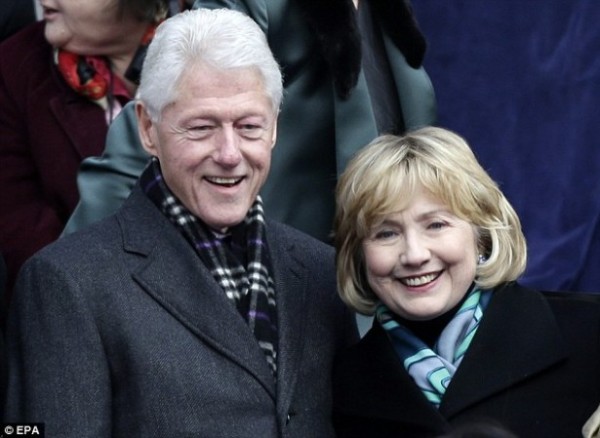Articles
Influencers – How Can They Power A Campaign’s Success?
Posted on November 24, 2014
Influencers have impact. When an influencer Instagram’s in a forest you can be sure their followers noticed.

Influencers are part of a much wider trend, for which we have the Internet to thank. In the early years of the last decade the rise of the bloggers started to shift the rules of engagement in the media and for those in the public domain. Those who previously didn’t have much influence, like Mike Arrington (TechCrunch) or Arianna Huffington (The Huffington Post) had as much power to shape the public conversation as The Washington Post and CNN.
There have and will always be key influencers. What happened when bloggers and social networks became mainstream is brands and nonprofits found a way to measure their potential impact and tailor marketing for this specific audience.
The Word of Mouth Marketing Association (WOMMA) 2013 Influencer Guidebook identified five main categories:
Related Resource from B2CWebcast: PR Hacking: How Ideas Spread And What Marketers Need to Know

- Celebrities: Whether long-term social icons like Oprah or Hillary Clinton, or this years X Factor winner, celebrities have and always will have influence. An Instagram account with 2 million followers is merely a modern extension to the age old idea of “celebrity.”
- Professional / Occupational Influencers: Even if you aren’t the CEO of Microsoft or GE, those with a certain professional standing will usually carry a level of influence comparable to their professional position. Statements on Twitter, partly thanks to the media treating it as a verifiable extension of the Fourth Estate can have as much impact as a press release, especially when someone has he power to influence an industry or sector.
- Citizen Influencer: Not a celebrity or professional powerful; more the “everyman” influencer, who thanks to how active or popular they are on social networks have a wide reach and positive impact on their friends and social circles.
- Advocate & Ambassadors: Although not officially grouped together in the WOMMA Guidebook, these categories are remarkably similar. Both could be allied and endorsed by a brand or nonprofit, so there actions on social networks are usually part of a directed strategy. The main difference is advocates are unpaid, whereas ambassadors usually are.
According to the Guidebook, marketing to influencers is: “The act of a marketer or communicator engaging with key influencers to act upon influencees* in pursuit of a business objective.”
Given the high trust score for word of mouth, influencer, friends and family, and online recommendations, compared to paid-for marketing, the positive ROI to be gained from influencer marketing is potentially enormous.
Which isn’t to say other methods should be abandoned. Influencer marketing should be part of a wider campaign strategy. Anything you would normally do as part of a strategy can be amplified and more easily endorsed through the methods we will expand upon in future blog posts.
* Influencee: A person or group of people who change their opinion or behavior as the result of exposure to new information.
Read more at http://www.business2community.com/strategy/influencers-can-power-campaigns-success-01067676
